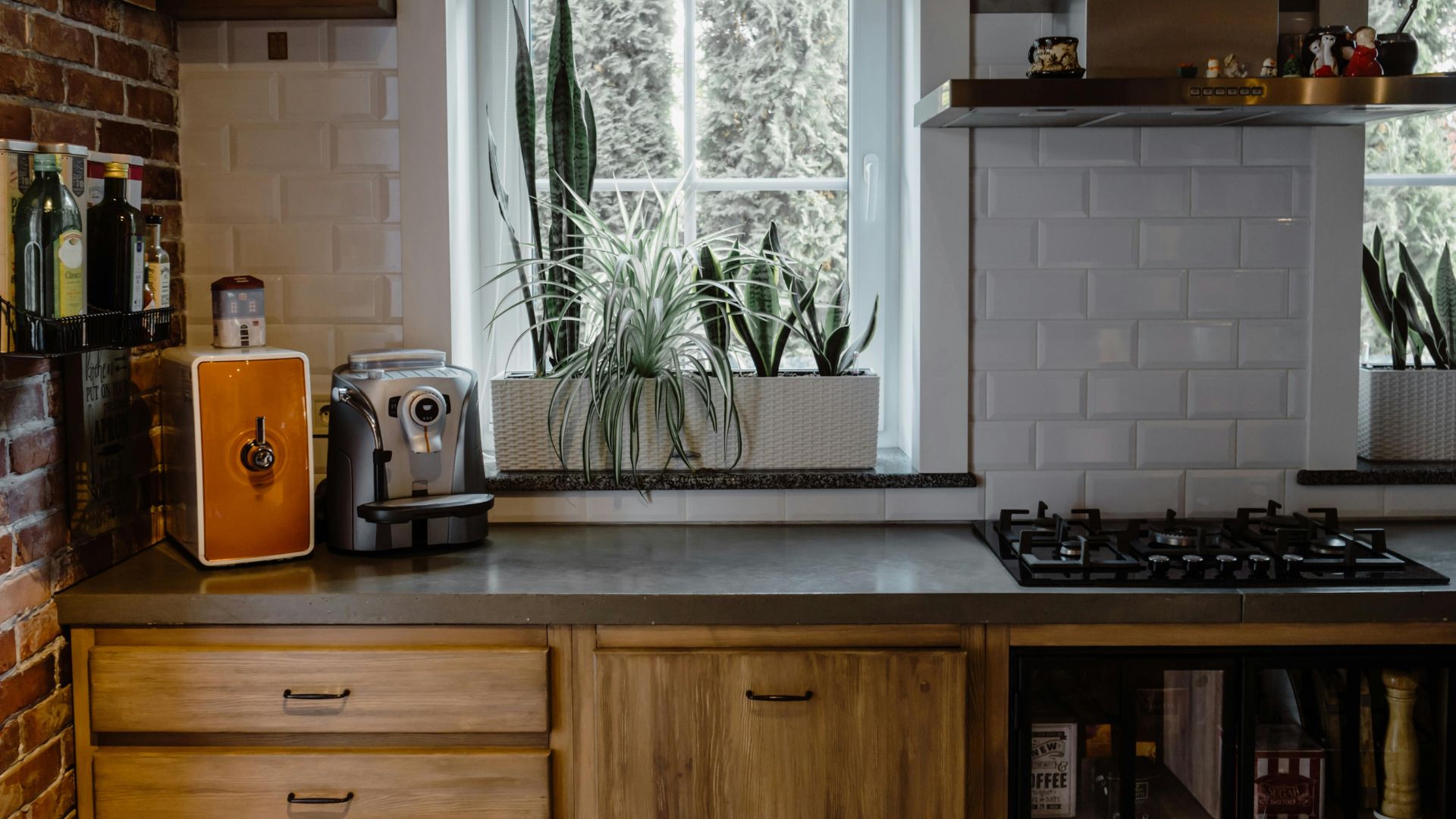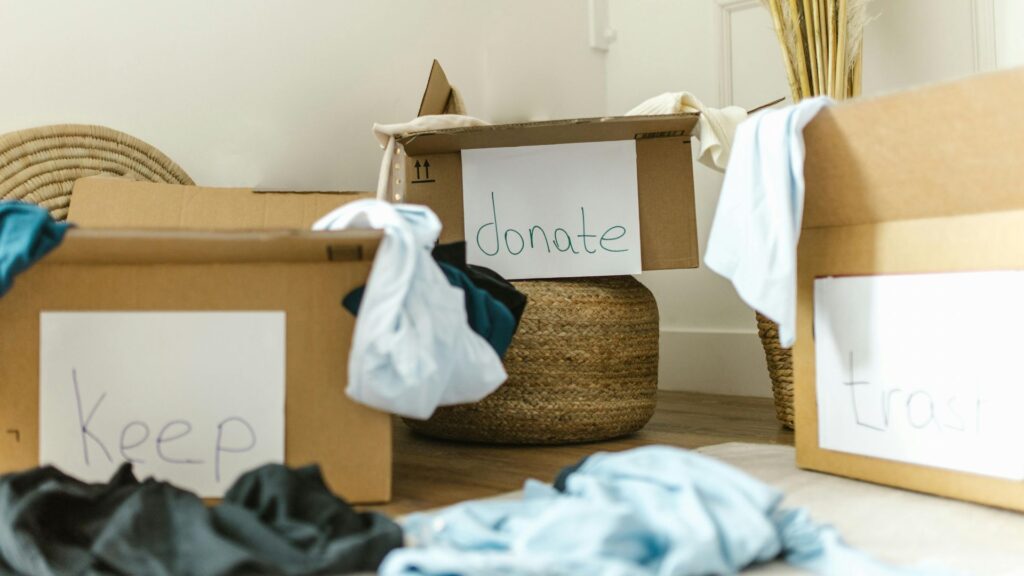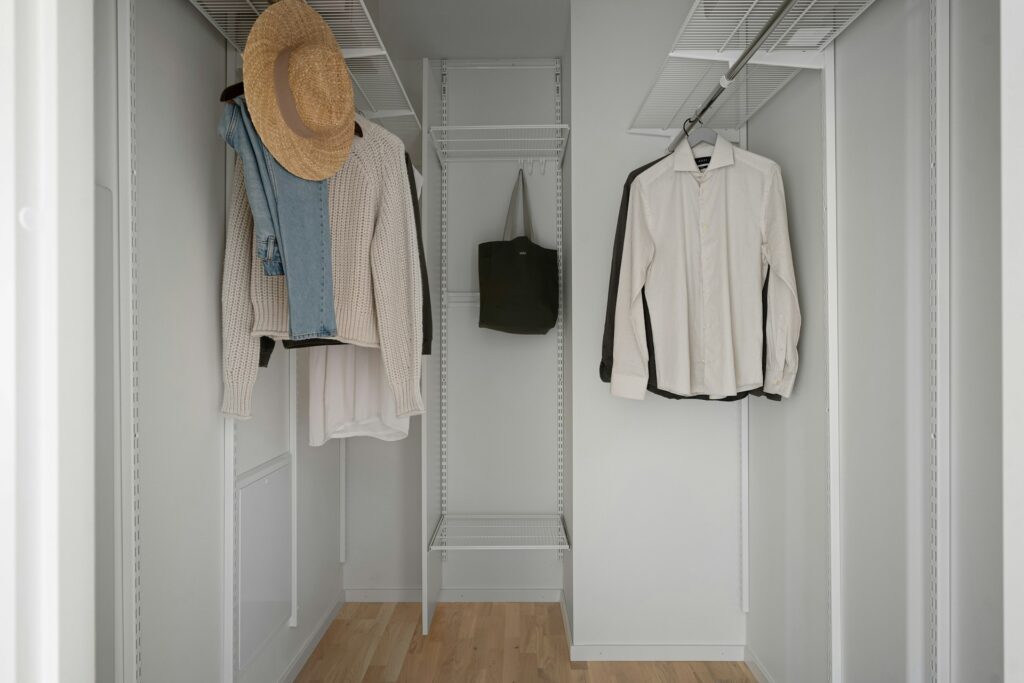Going green doesn’t have to mean giving up comfort or spending a fortune. In fact, some of the most effective eco-friendly changes are simple swaps you can make with little effort. From the kitchen to the bathroom and everywhere in between, these small choices can add up to a big impact over time.
Whether you’re trying to cut back on waste, reduce your energy use, or create a healthier home environment, there’s a sustainable option for every corner of your house. Here’s where to start.
Kitchen
The kitchen is one of the easiest places to go green. Start by swapping out paper towels and plastic wrap for reusable alternatives. Cloth towels, beeswax wraps, and silicone lids cut down on single-use waste and last a long time.
Switch to glass food storage containers instead of plastic. Not only do they last longer, but they won’t leach chemicals into your food. Consider installing a water filter instead of relying on bottled water, and use a dishwasher only when it’s full to save water and energy.
Bathroom
Bathrooms are full of single-use plastics and harsh cleaners, but they don’t have to be. Replace your plastic toothbrush with a bamboo one. Swap disposable razors for safety razors with replaceable blades.
Use shampoo and conditioner bars instead of bottled products. They work just as well and come with far less packaging. For toilet paper, look for brands that use recycled content or offer plastic-free packaging.
When it comes to cleaning, skip bleach-heavy products and go for natural cleaners made with vinegar, baking soda, or castile soap. They’re safer for your skin and the planet.
Bedroom
Your bedroom is your retreat, and it can be both cozy and eco-friendly. Choose organic cotton, bamboo, or linen sheets over synthetic materials. These natural fibers are more breathable and better for the environment.
Look for a mattress made from natural latex, wool, or recycled materials when it’s time for a replacement. Avoid flame retardants and synthetic foams if possible. Even your laundry routine can go green—wash sheets and clothes in cold water, and air dry when you can.
Living Room
This high-traffic area is a great place to reduce energy use. Swap out old bulbs for LED lights, which use less energy and last much longer. Consider smart power strips to eliminate phantom energy drain from electronics that stay plugged in 24/7.
When shopping for furniture, look for secondhand options or sustainably sourced wood. Avoid cheap furniture made with particle board or toxic glues. Even small décor choices like organic cotton throws or rugs made from recycled fibers can make a difference.
Laundry Room
Traditional laundry routines use a lot of water and energy. One of the easiest eco upgrades is switching to cold water washes, which save both. Ditch dryer sheets in favor of wool dryer balls—they reduce drying time and soften clothes without chemicals.
Choose laundry detergents in plastic-free packaging or refillable containers. Many companies now offer concentrated powders or pods that use less waste overall.
Entryway and Closet
Fast fashion is one of the most wasteful industries. Instead of chasing trends, build a wardrobe of quality basics that last. Donate or repurpose old clothes instead of tossing them. Shop secondhand when you can, or support brands that use ethical labor and sustainable fabrics.
At your door, use a durable doormat made from recycled materials, and consider a shoe rack to reduce wear on your floors and keep pollutants from being tracked inside.
Outdoors
Your eco efforts don’t have to stop at the front door. Install a rain barrel to collect water for your garden. Choose native plants that need less water and fewer pesticides. Swap out gas-powered tools like mowers and trimmers for electric or manual options.
Composting food scraps and yard waste keeps it out of landfills and turns it into valuable soil for your garden. Even a small bin can handle veggie peels, coffee grounds, and more.
Sustainable living doesn’t have to be extreme or expensive. By making a few thoughtful swaps in each room, you can reduce your impact, save money, and build a home that reflects your values.
Start small, stay consistent, and don’t worry about being perfect. Every eco-friendly choice is a step in the right direction—and when you add them all together, they really do make a difference.



